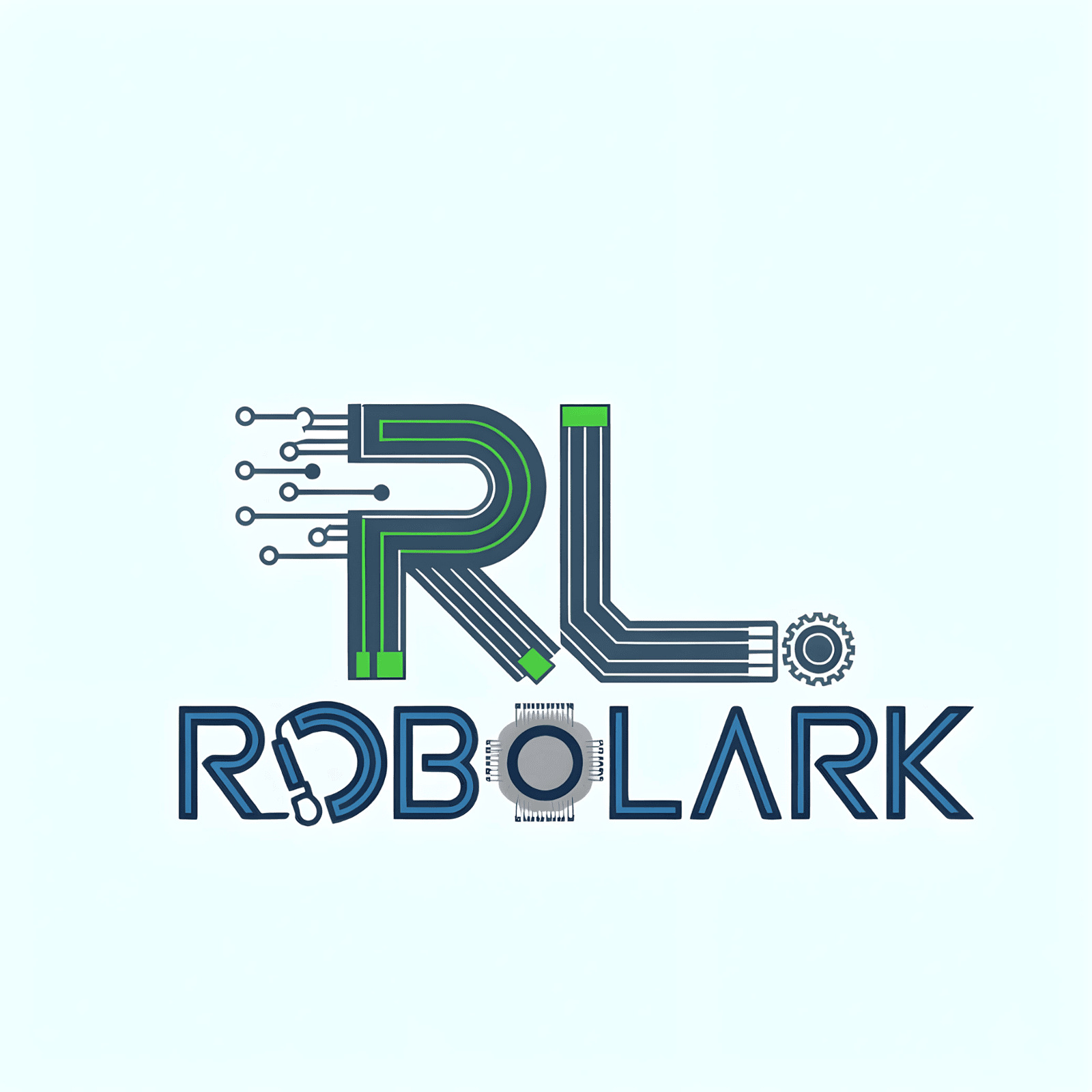




3 Pin JST XH Female Cable Single Side
A 3-pin JST XH female cable with a single-side connector is a type of electrical cable assembly commonly used for connecting various electronic components and devices. The cable has a connector on one end with three pins. These pins are used for carrying electrical signals, power and data between devices. The term "JST XH" refers to the type of connector used. JST (Japan Solderless Terminal) connectors are widely used in electronics for their reliability and ease of use. The "XH" series is a specific subtype of JST connectors that is commonly used for PCB connections.
Product Details
3-Pin Connector: The cable has a connector on one end with three pins. These pins are used for carrying electrical signals, power, or data between devices. Each pin has a specific function and is typically labeled for easy identification.
JST XH Connector: The term "JST XH" refers to the type of connector used. JST (Japan Solderless Terminal) connectors are widely used in electronics for their reliability and ease of use. The "XH" series is a specific subtype of JST connectors that is commonly used for PCB (Printed Circuit Board) connections.
Female Connector: The connector on the cable is a female connector, which means it has receptacles to accept male pins or connectors. The corresponding male connector would typically be on the device or component you are connecting to.
Single-Side Connector: This cable has a connector on one end only. The other end of the cable is typically left as bare wires or may have other connectors or terminations, depending on the specific application.
Applications:
PCB Connections: These cables are often used to connect components on a PCB, such as connecting sensors, motors, or other electronic modules.
Interfacing Devices: They can be used to interface with external devices or peripherals, such as connecting sensors to a microcontroller or connecting a display to a control board.
Prototyping: JST cables are commonly used in electronics prototyping and development to quickly connect and disconnect components during testing and experimentation.
Custom Wiring: They can also be used for custom wiring tasks where a specific length and connector configuration are required.


